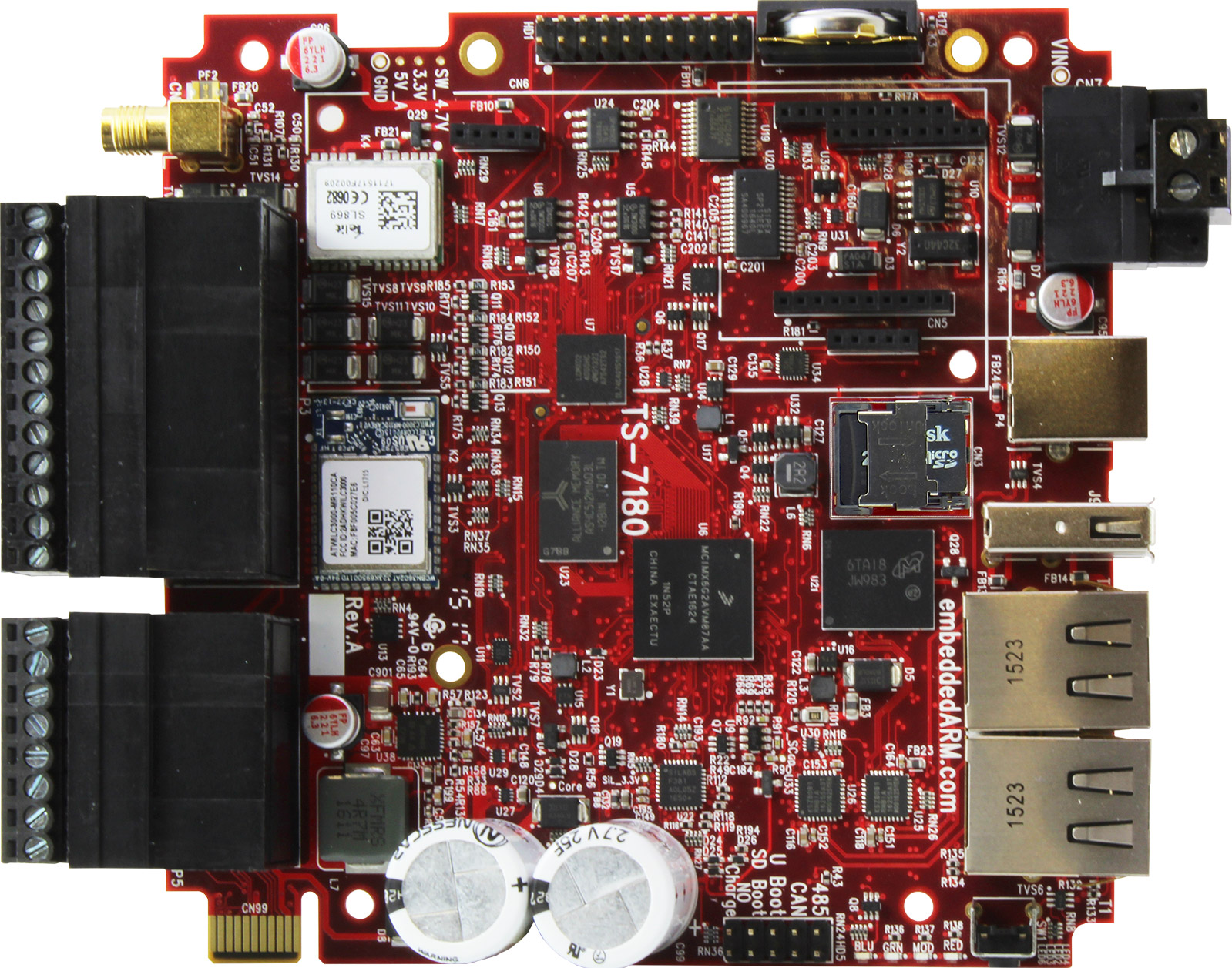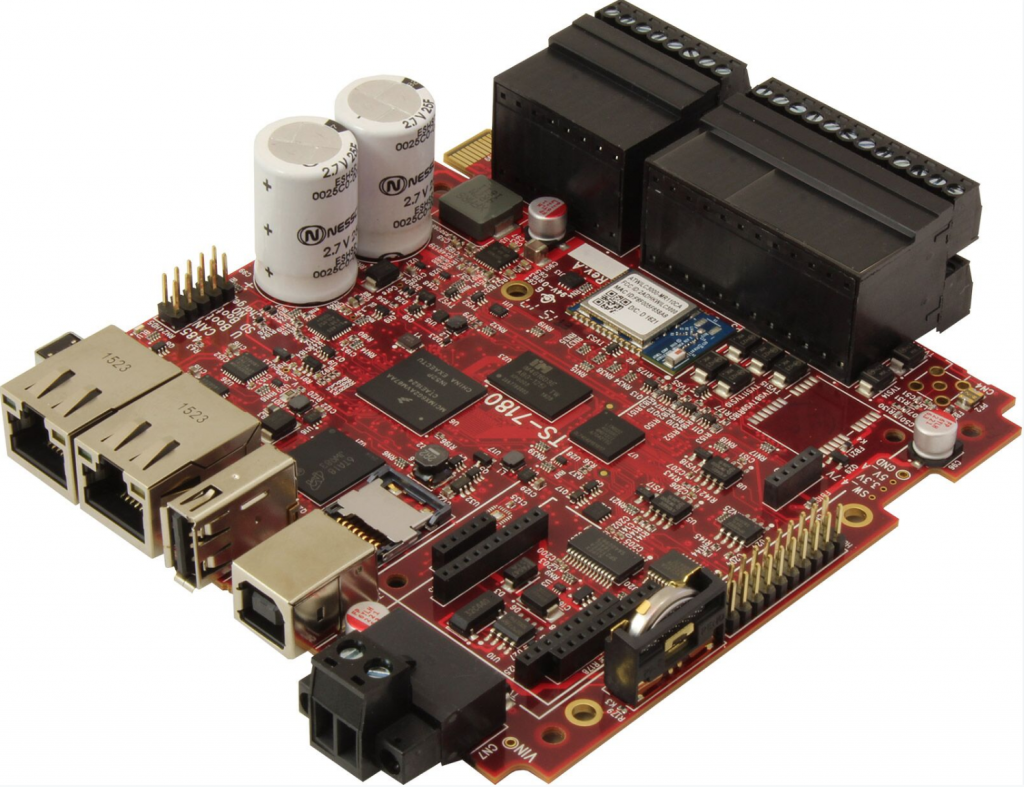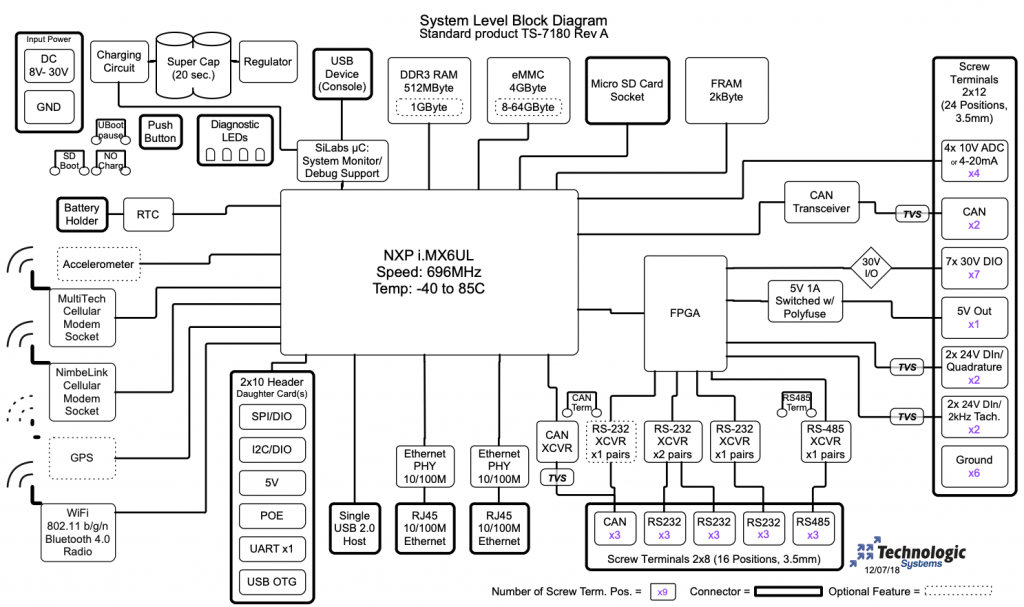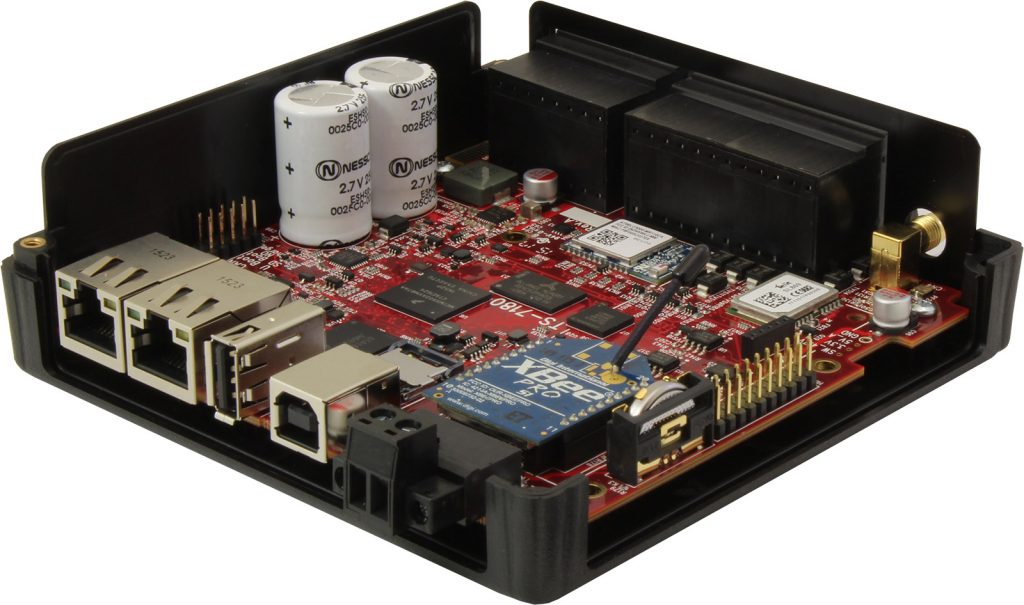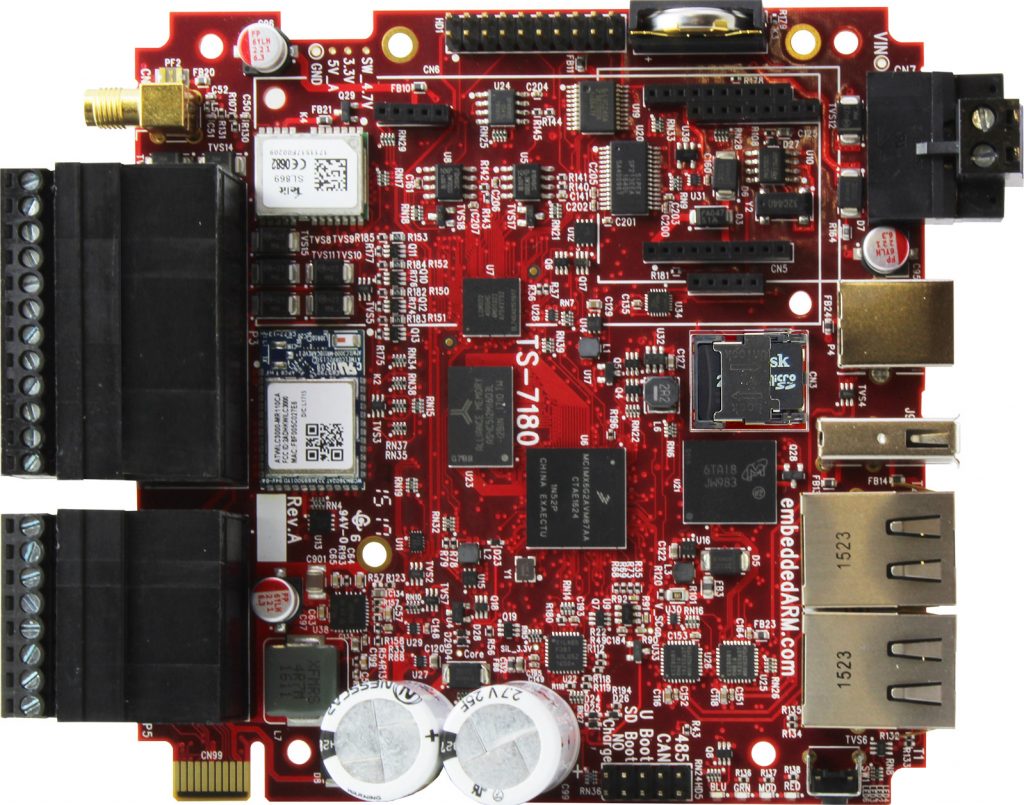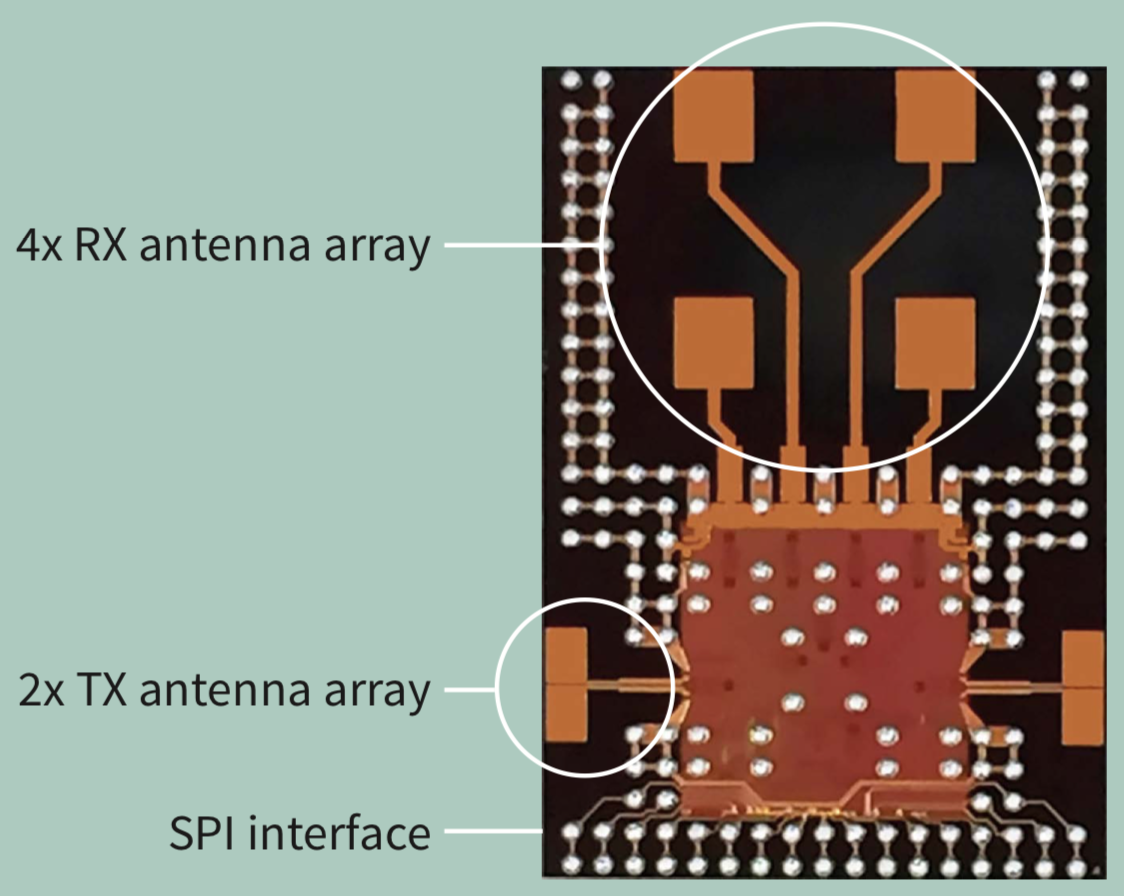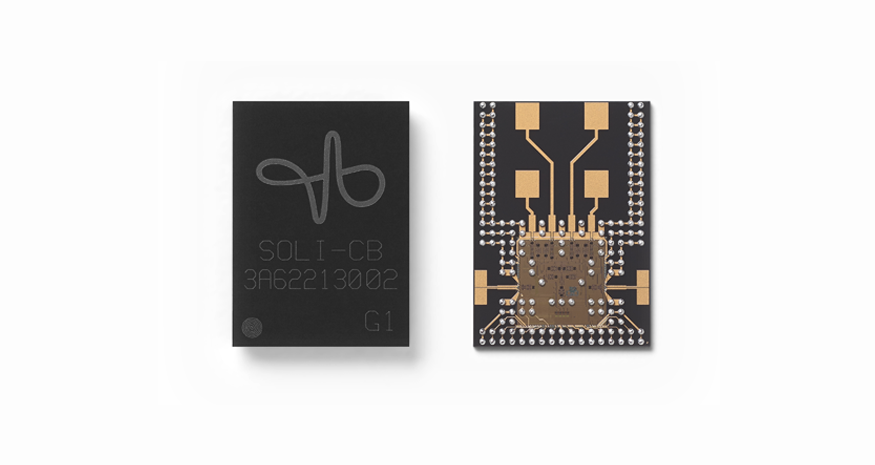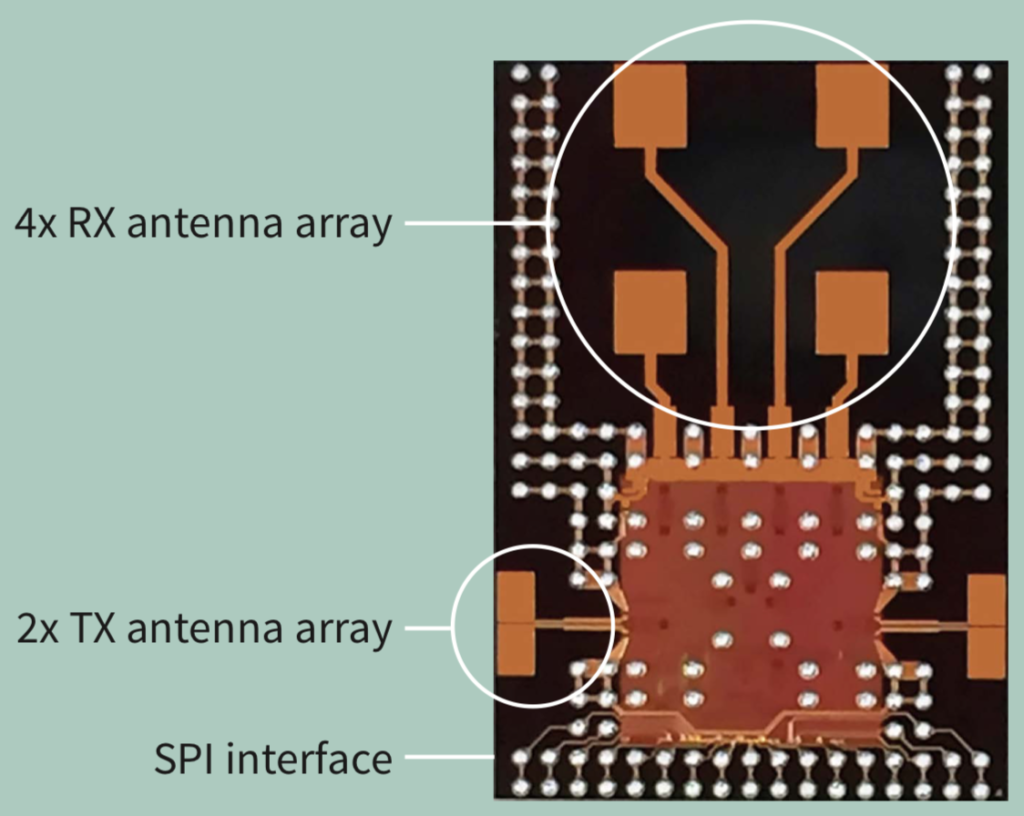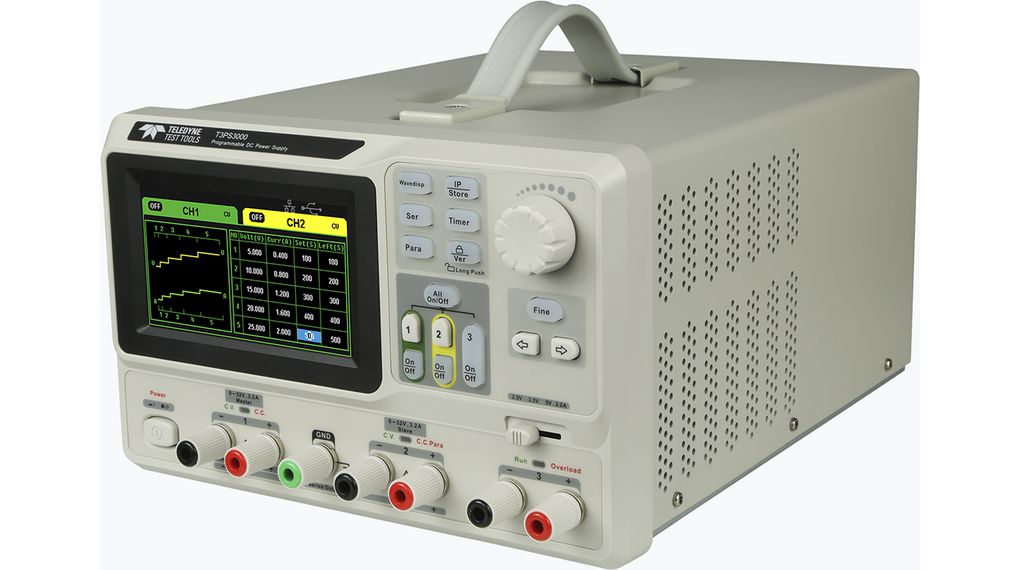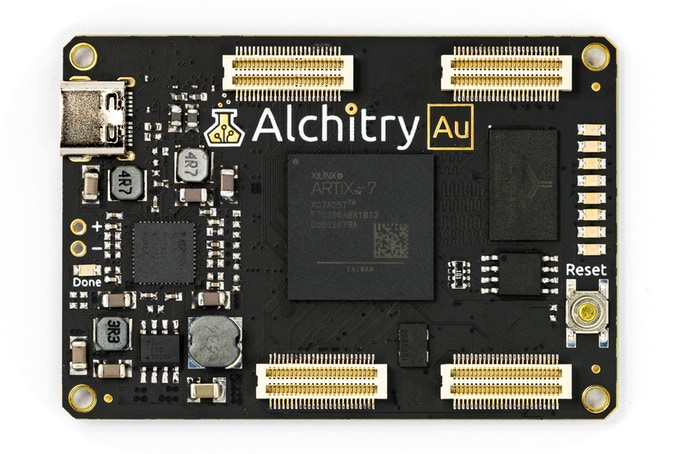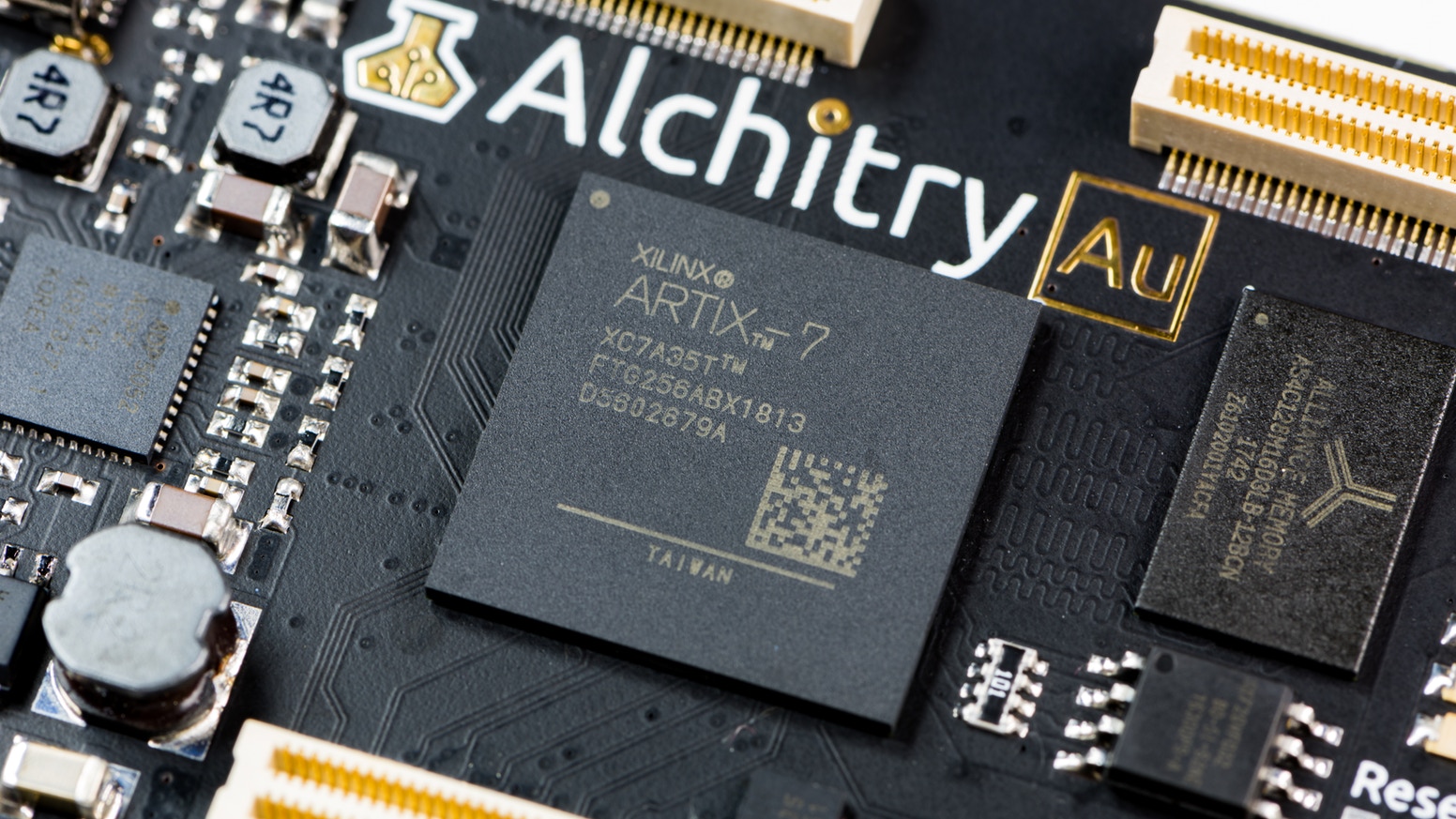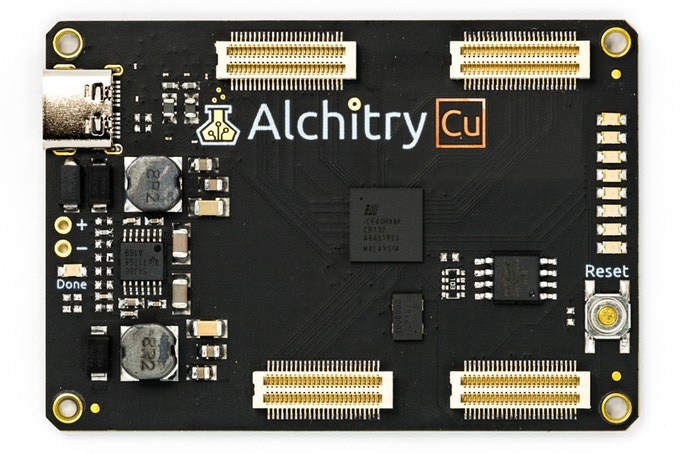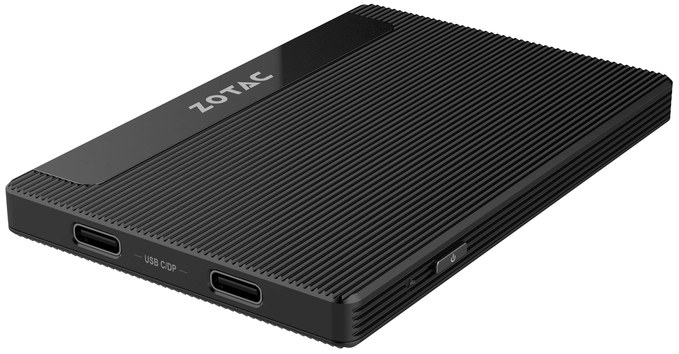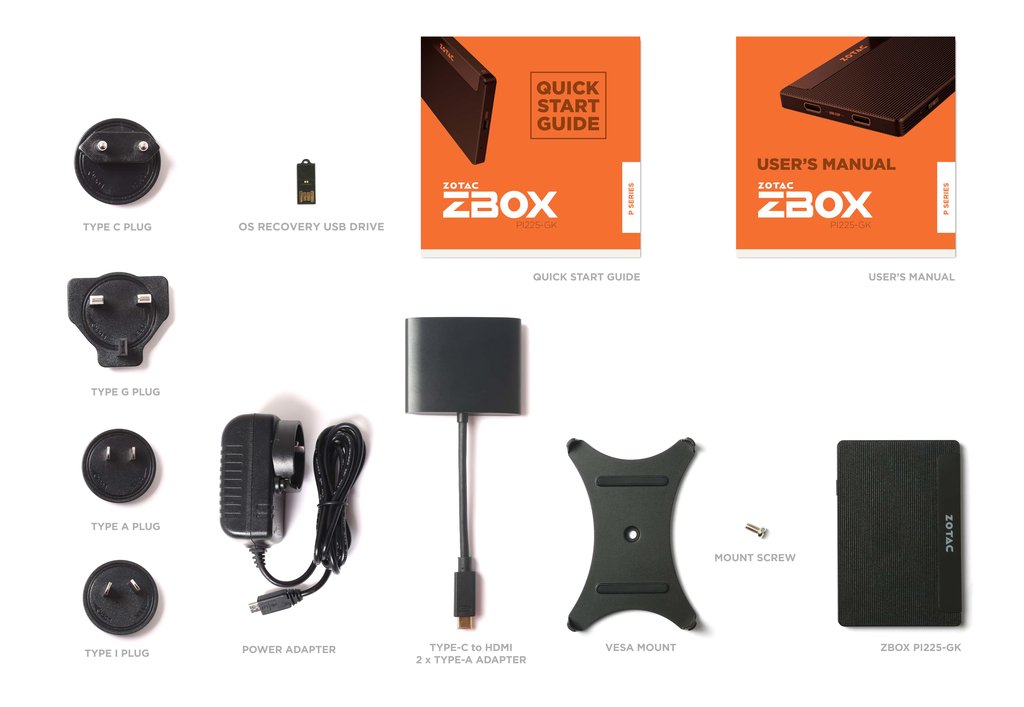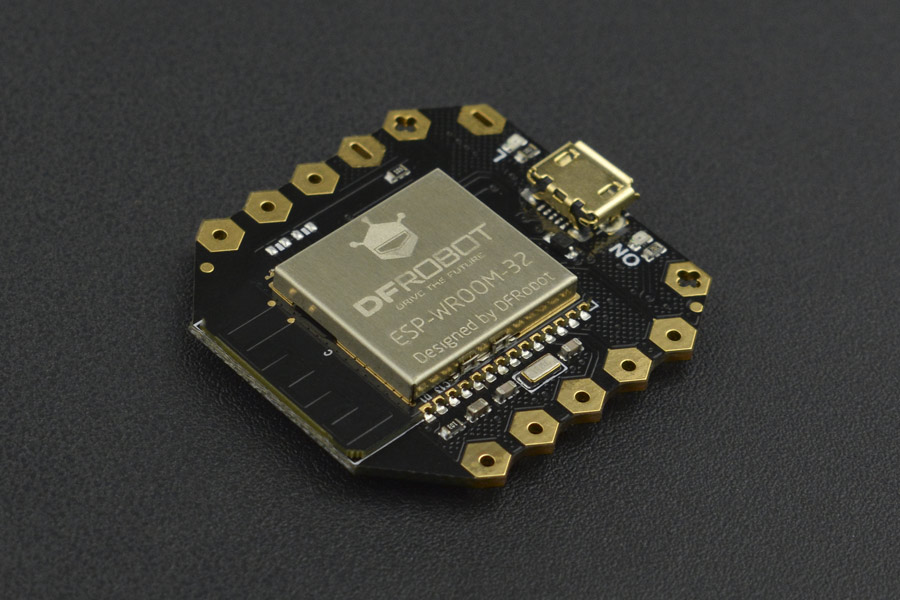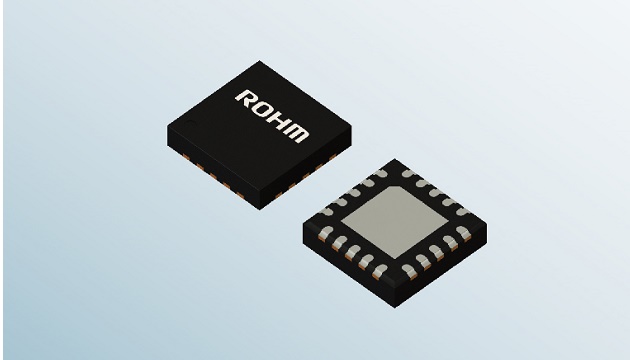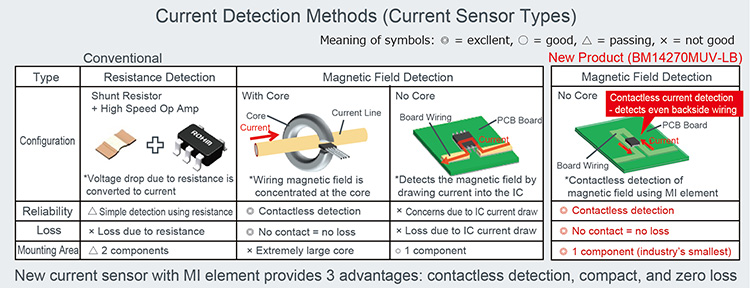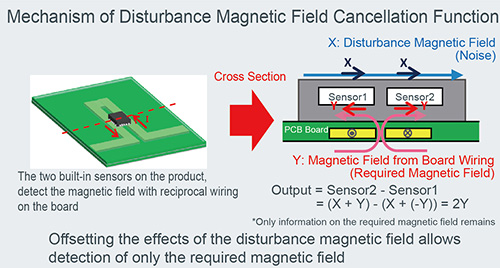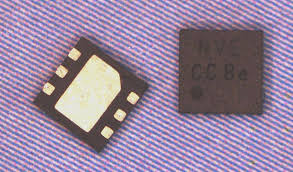Technologic Systems announced their latest Single Board Computer, the TS-7180, has entered in to their engineering sampling program (see below for details). The TS-7180 is developed for any industrial application, but is especially suited for industrial control automation and remote monitoring management applications such as unmanned control room, industrial automation, automatic asset management and asset tracking.
Powered by i.MX6 UltraLite Processor
The TS-7180 features the NXP i.MX 6 UltraLite processor. The i.MX 6UltraLite is a high performance, ultra efficient processor family featuring Freescale’s advanced implementation of the single ARM Cortex®-A7 core. The NXP i.MX 6UL processors offer scalable performance and multimedia support, along with low power consumption.
The TS-7180 comes standard with 512MB of RAM, with configurations in the family that go up to 1 GB of RAM. For on board data storage there is 4GB eMMC MLC flash that is configurable as 2GB pSLC mode for additional system integrity. A microSD socket is available for additional storage, or removable media requirements.
Onboard Integrity
For added system integrity the TS-7180 comes standard with Cypress 16kbit FRAM (FM25L16B). FRAM is a nonvolatile memory employing an advanced ferroelectric process that reads and writes like a RAM, and retains data like EEPROMs. It provides reliable data retention while eliminating the complexities, overhead, and system level reliability problems caused by EEPROM and other nonvolatile memories. Unlike serial EEPROMs, the FM25L16B performs write operations at bus speed. No write delays are incurred. Data is written to the memory array immediately after each byte has been transferred to the device. Also, the TS-7180 ships with TS-SILO which will provide up to 30 seconds of reserve power in the event of a power failure. This precious extra time gives the board time to gracefully power down and ensures file system integrity in the onboard Flash or SD Card.
Data Acquisition and Control
The TS-7180 has an impressive suite of Data Acquisition and Control options allowing you to focus on analyzing and interpreting data. There are 7x Digital Input/Output ports that can sink up to 500mA, or withstand up to 30V at the input. The TS-7180 offers 4x channels of ADC, accessible via Linux kernel, that do not require any sort of programming to use. Pulse width modulation (PWM) has been included for a wide variety of applications, ranging from measurement and communications to power control and conversion. The TS-7180 provides three independent 16-bit wide quadrature counters, via the FPGA, and are accessed through I2C. The quadrature and edge-counter inputs provide access to a tachometer.
Interfaces and Connectivity
The TS-7180 has a host of standard industrial interfaces to ensure it will fit into any industrial application. The TS-7180 has a WiFi (802.11 b/g/n) and Bluetooth (4.0BLE) onboard radios standard. Cellular connectivity is also available with either NimbeLink or MultiTech modems via the cellular sockets. Digi’s many XBee radios are also supported. There are two 10/100 Ethernet ports, a RS-485 port, 4 COM ports (3x RS-232, 1 TTL UART) as well as a SPI, I2C and CAN Bus. USB Host, Device (Serial Console) and OTG (via daughter card header) are available. A user programmable button is also standard.
Almost all available interfaces are brought out through 40 industrial grade screw terminals, including four removable terminal blocks for UARTs, CAN, ADC, and other general purpose IO.
Additional Features
The TS-7180 packs more than just connectivity and memory features onboard. A Quadrature counter, Tachometer, and Nine-Axis MEMs motion tracking device containing a gyroscope, accelerometer and compass as well as a GPS receiver are optional on-board features for asset management, fleet management and other applications which would require sensing motion or vibration in the environment. A temperature sensor and real-time clocked (battery backed) are also onboard.
Power over Ethernet is supported, via a daughter card and the TS-7180 has an operating voltage supply of 8 VDC to 30 VDC. Applications with strict low power requirements will appreciate the work that’s been done to reduce power consumption to less than 2 watts in typical conditions and a 9 mW sleep mode. The TS-7180 operates in a broad industrial temperature range of -40°C to 85° C for use in the harshest of environments.
A comprehensive manual is available on our Technologic Systems Wiki for more information and specifications.
About Engineering Sample Program
The Technologic Systems Engineering Sampling program enables our customers to have early access to our latest innovations, accelerates their time to market, and provides a channel for our customers to request technical support and design improvements directly to our engineering team. Contact the sales team to request to join the program, or send in your order and the sales team will reach out to you and walk you thru the program requirements. The program typically lasts for 6 to 12 months before the product enters in to production. The product may require board spins or other engineering changes during sampling program before becoming a production unit, but Technologic Systems will contact you directly about these continuous development and software release activities and will help you thru any transitions.


